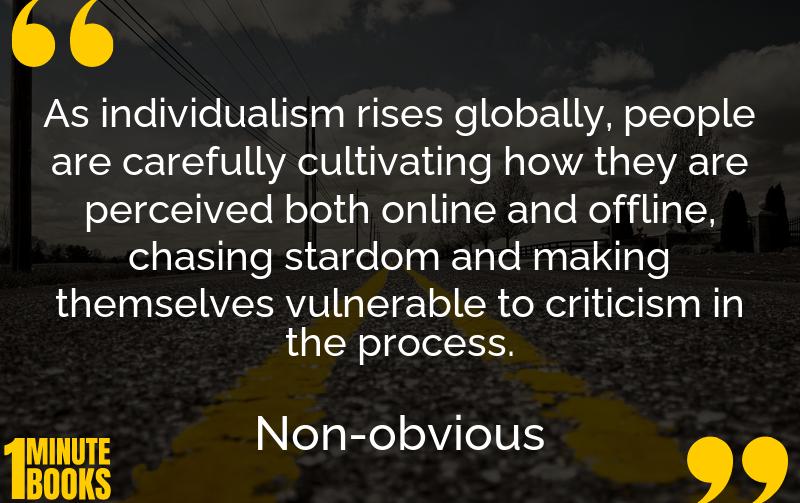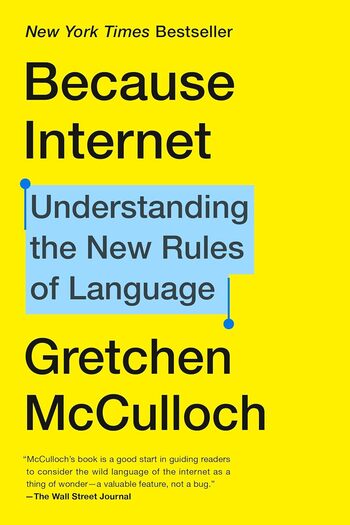
Non-Obvious by Rohit Bhargava explores how to predict future trends using ‘non-obvious thinking.’ It emphasizes curiosity, skepticism, and analyzing data patterns to identify trends before they become mainstream.
Main Lessons
- Predicting trends requires curiosity and skepticism to spot the non-obvious possibilities.
- Build a haystack of data; identify patterns and analyze potential trends using the haystack method.
- Trend prediction is not based on past trends but involves curiosity-driven research and analysis.
- Intersection thinking involves finding connections between trends to create actionable insights.
- Amplified identity shows how people curate their online personas, impacting fashion and self-help industries.
- Ungendering involves using gender-neutral language as societal views on gender become more fluid.
- Revivalism reflects a desire for simpler experiences and traditional technologies for their reliability.
- Human mode prioritizes authentic human experiences over isolation caused by modern tech.
- Instant knowledge signifies the demand for bite-sized, easily accessible information and learning.
- Purposeful profit focuses on sustainable and ethical practices as a market advantage.
- Flux commerce blends industries, reshaping business models and consumer expectations.
- Protective technology highlights growing reliance on predictive tech with privacy trade-offs.
- Reversible retail sees physical stores as experiences rather than shopping destinations.
- Retail and content are adapting as consumer attention spans decrease.








